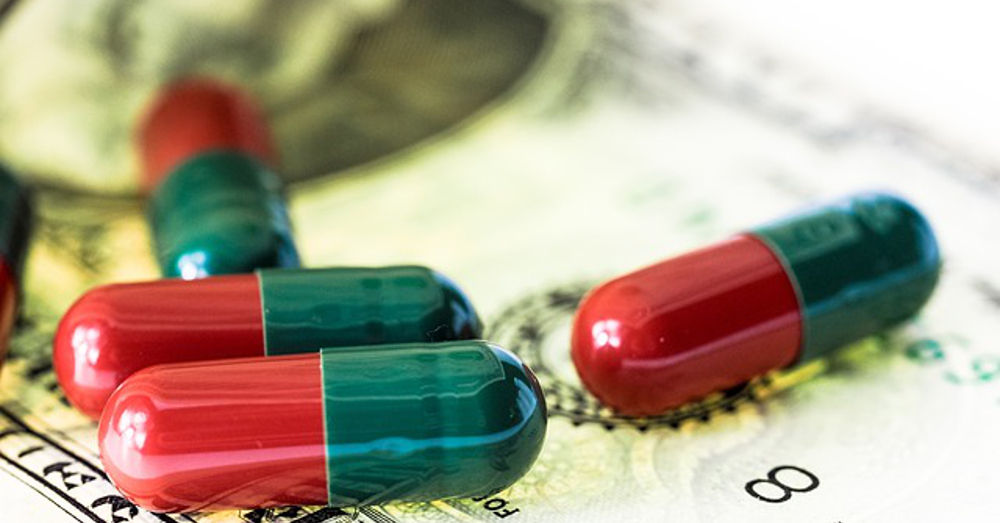
Trump Had a Good Idea on Drug Costs. He Ditched It After Meeting with Pharma Execs.
It wasn't all that long ago -- though it seems that way, admittedly, with the never-ending flood of Trumpian news -- that I was prepared to acknowledge that President Donald Trump actually has a few good ideas. Or at least one.
February 2, 2017 | Source: The Chicago Tribune | by Joe Nocera, Bloomberg
It wasn’t all that long ago — though it seems that way, admittedly, with the never-ending flood of Trumpian news — that I was prepared to acknowledge that President Donald Trump actually has a few good ideas. Or at least one.
It was Tuesday morning. The new president was about to go into a meeting with chief executives from Johnson & Johnson, Merck and a handful of other major pharma companies. During his campaign, he often said that if he were elected, the federal government would start negotiating with the drug companies over the prices Medicare and Medicaid had to pay for drugs — something it’s now prevented from doing by statute. This is an issue that resonated with most Americans, the majority of whom want the government to do something about high drug prices.
Along with The Wall and the Return of Manufacturing, this appeared to be one of his core issues. And unlike some other campaign issues, it didn’t fade away after the election. Pharma companies were “getting away with murder,” he said on Jan. 10, because they “had a lot of lobbyists and a lot of power.” A few weeks later, he claimed that the government would save $300 billion if it could negotiate prices.
“We don’t do it,” he said. “Why? Because of the drug companies.”
Which is completely true. In 2003, when Congress passed the massive Part D Medicare prescription-drug benefit, Big Pharma was able to get a provision in the bill banning the Centers for Medicare and Medicaid Services from negotiating directly with drug companies to set prices, as advanced countries tend to do.
At the time, the drug-company strategy of drastically increasing drug prices was in its formative stage. For well over a decade, Big Pharma wallowed in the profits generated by multi-billion dollar blockbusters like Lipitor and Viagra.
But as blockbusters grew scarce, companies needed to find new ways to make money and keep the stock price rising. Thus began the practice of bringing cancer drugs to market with annual price tags of $100,000 or more, buying up cheap generic drugs and turning them into expensive generic drugs, paying competitors to keep their drugs off the market to maintain monopoly prices, and so on.
